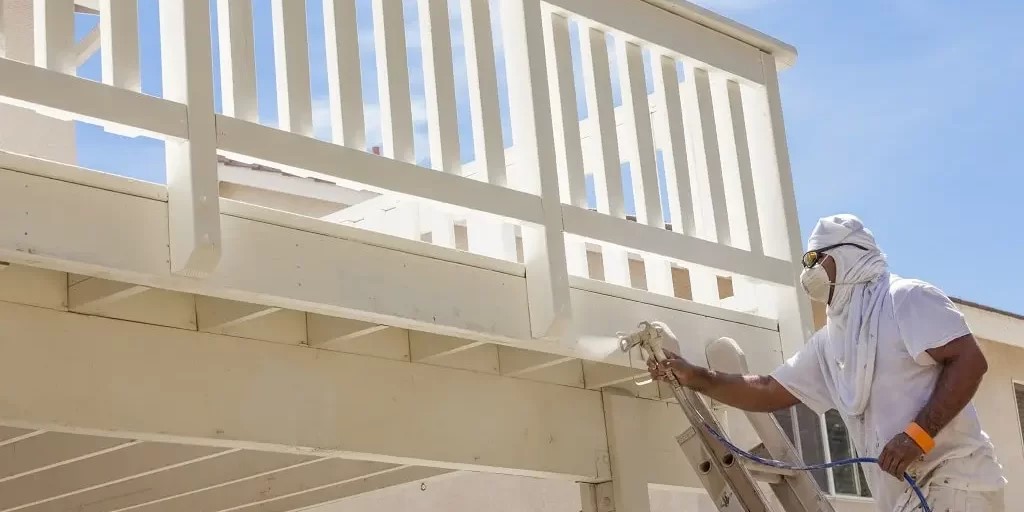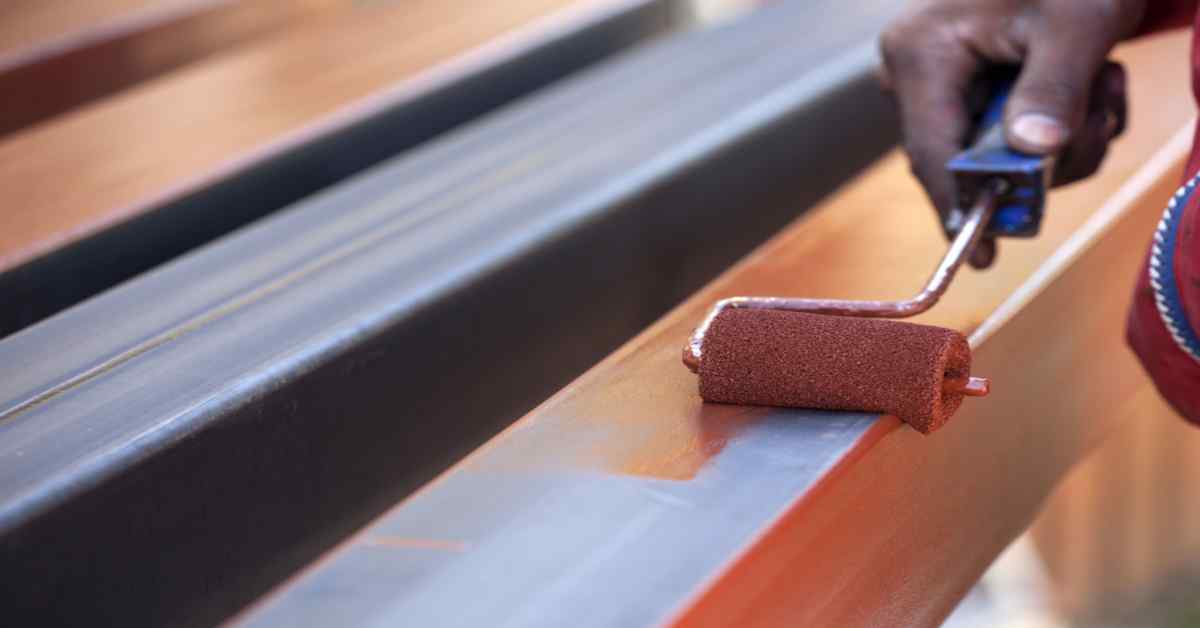Grasping the Challenges
Expert Tips for Painting in Extreme Heat Conditions:
Painting in extreme heat can lead to several issues. The intense sun may cause paint to dry too quickly, resulting in problems like uneven application and peeling. Additionally, surfaces, especially metal, can become extremely hot, making them difficult to work with. Metal is especially challenging because it retains heat, which is problematic when using dark-colored paints. Understanding these challenges is crucial for successful painting projects in hot weather.
Selecting the Appropriate Materials
Choosing the right materials for high-temperature painting is essential for achieving a lasting finish. Opt for paints designed to endure high heat, as these formulations can withstand the stress of extreme conditions without breaking down. Acrylic paints are a good choice because of their flexibility and resistance to cracking. Additionally, select heat-resistant tools like high-quality brushes and rollers that are built to handle hot surfaces. These tools are less likely to degrade under extreme conditions, helping you maintain a smooth and even application. Using primers suited for hot weather can also enhance paint adhesion, ensuring that your efforts result in a durable and professional-looking finish.

Expert Tips for Painting in Extreme Heat Conditions: Efficiently Preparing Surfaces
Preparation is key to any successful painting project, and this is even more true in extreme heat. Begin by cleaning the surfaces thoroughly to remove any dirt or residue. Remember that surfaces can be much hotter than the surrounding air, sometimes exceeding air temperatures by over 20°F in the summer sun. Use primers that are designed for hot conditions to ensure the paint adheres properly. A well-prepared surface will help the paint last longer and look better.
Streamlining Your Work Schedule
Planning your painting schedule with the weather in mind can make a big difference in the final outcome. The goal is to avoid working during the peak heat of the day. Instead, start your painting projects early in the morning when temperatures are cooler, or late in the afternoon as the day begins to cool down. This helps prevent the paint from drying too fast, which can cause uneven layers and other issues. Monitor the weather forecast to select days with moderate temperatures and less direct sunlight. Adjust your daily goals accordingly to take advantage of these optimal painting conditions. Working during cooler periods also allows for more comfortable working conditions, reducing the risk of heat-related health problems. If possible, divide your project into smaller tasks that can be completed during these cooler times of the day. This approach not only improves the quality of the paint job but also makes the work more manageable and less exhausting. By planning your schedule carefully, you can achieve a professional finish even in challenging heat conditions.
Expert Tips for Painting in Extreme Heat Conditions: Application Techniques
When painting in high temperatures, certain techniques can significantly improve the final result. Begin by working in smaller sections to better manage the paint’s drying time. This strategy helps prevent issues like blistering or cracking, which are more common in extreme heat. Applying thin, even coats is another effective method. Thinner layers dry more uniformly, reducing the risk of uneven application.
Stay aware of the environmental conditions as you work. High temperatures can cause paint to dry too quickly, leading to imperfections. To combat this, consider using paint additives that slow down the drying process. These additives can provide more time for the paint to level out and adhere properly to the surface. When choosing your tools, opt for high-quality brushes and rollers designed to handle hot conditions. These tools are more durable and can help achieve a smoother finish.
The direction and speed of your brush or roller strokes can also impact the quality of the application. Use long, steady strokes to ensure an even distribution of paint. This technique minimizes the appearance of brush marks and helps maintain a consistent texture.
Another important factor is the angle of the sun. If possible, try to work on shaded areas or create shade using temporary covers. This reduces direct sunlight exposure, which can cause paint to dry too fast. Working in shaded areas also makes it easier to see the true color of the paint, helping you achieve a more accurate finish.
Humidity levels play a crucial role in the painting process. While high temperatures are challenging, extremely low humidity can also cause the paint to dry too quickly. Monitoring humidity levels and adjusting your techniques accordingly can help achieve a better finish. For instance, using a humidifier in very dry conditions can help maintain a more suitable environment for painting.
By fine-tuning your application methods, you can achieve a professional-looking finish even in extreme heat conditions.
Expert Tips for Painting in Extreme Heat Conditions: Safety Measures
Working in high temperatures can be hazardous, so taking necessary precautions is essential. Choose light-colored, loose-fitting clothing that allows your skin to breathe and protects against sun exposure. A broad-brimmed hat and UV-protective sunglasses are also beneficial for shielding yourself from harmful rays.
Staying hydrated is crucial. High temperatures can lead to dehydration quickly, which can cause serious health issues. Keep a water bottle within reach and take frequent sips, even if you don’t feel thirsty. Avoid drinks with caffeine or alcohol, as they can contribute to dehydration.
Regular breaks are important. Schedule frequent rests in shaded or cooler areas to prevent overheating. Listen to your body and take breaks when you feel fatigued or overheated. Consider using a cooling towel or portable fan to help regulate your body temperature during breaks.
Working in extreme heat can cause fatigue more rapidly, increasing the risk of accidents. Make sure your work area is well-organized to minimize the need for unnecessary movements. Be cautious when using ladders or other equipment, as fatigue can impair balance and coordination.
It’s also wise to have a basic understanding of the signs of heat-related illnesses such as heat exhaustion and heat stroke. Symptoms include dizziness, headache, rapid heartbeat, and confusion. If you or anyone on your team shows signs of heat stress, it’s vital to stop working immediately and seek medical attention if necessary.
By following these safety measures, you can protect yourself while achieving a successful painting project in extreme heat conditions.





